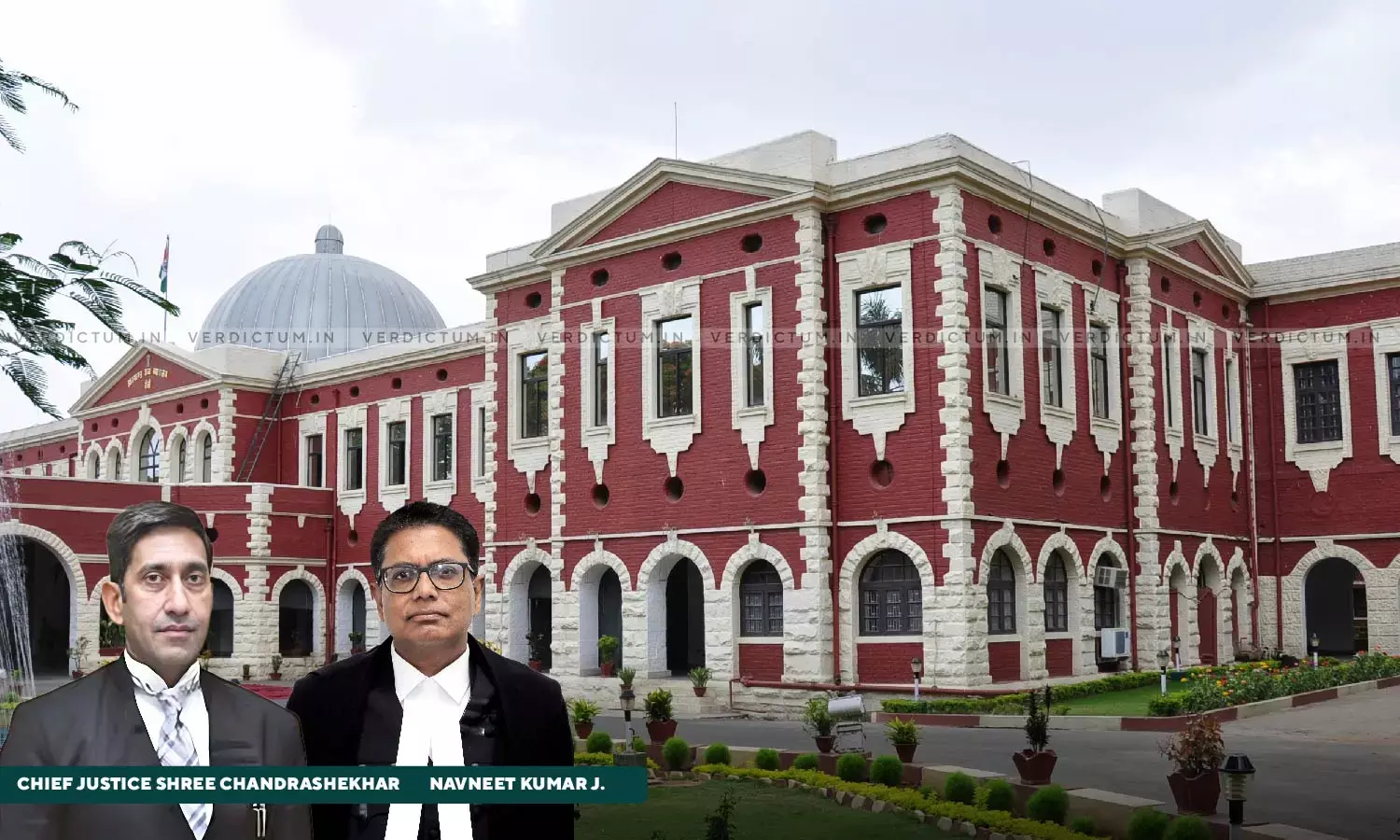GST Officers Should Not Force Summon Persons To Give Statement After Office Hours: Jharkhand HC
The Jharkhand High Court directed GST Officers to follow guidelines and instructions issued by the commissioner GST-Investigation and CBIC while summoning a person by exercising the powers under Section 70 of the Goods and Services Tax Act, 2017.
The Court said that the proper officer under GST should not be requiring or forcing or coercing a person so summoned to give a statement after office hours.
The bench of Acting Chief Justice Shree Chandrashekhar and Justice Navneet Kumar observed, “…the proper officer under the GST should not be requiring or forcing or coercing a person so summoned to give statement after the office hours.”
Advocate Salona Mittal appeared for the Appellant and Sr. SC P.A.S. Pati appeared for the Respondent.
The Court was hearing a case where the petitioner was interrogated till past mid- night and permitted to go home only after his statement was recorded to the satisfaction of the GST Officer.
The Court observed, “Clause 3 of Article 20 of the Constitution of India provides that no person accused of any offence shall be compelled to be a witness against himself. The Constitutional guarantee against self-incrimination is however not a guarantee that the person exercising right to silence cannot be prosecuted in a Court.”
The Court further observed, “Under the Central Goods And Services Tax Act, 2017 a person called for giving evidence or to produce a document or any other thing in any inquiry is under a duty to speak truth. Sub-section (2) to section 70 of the GST provides that every inquiry referred to in sub-section (1) shall be deemed to be a judicial proceeding within the meaning of section 193 and section 228 of the Indian Penal Code. The consequence is therefore that any person whose attendance is considered by the proper office necessary either to give evidence or to produce a document or any other thing in any inquiry under the GST if makes any untrue statement shall be liable to be prosecuted as indicated under sub-section (2).”
After referring to the guidelines as suggested by the petitioners and the instructions the Court closed the proceedings.




